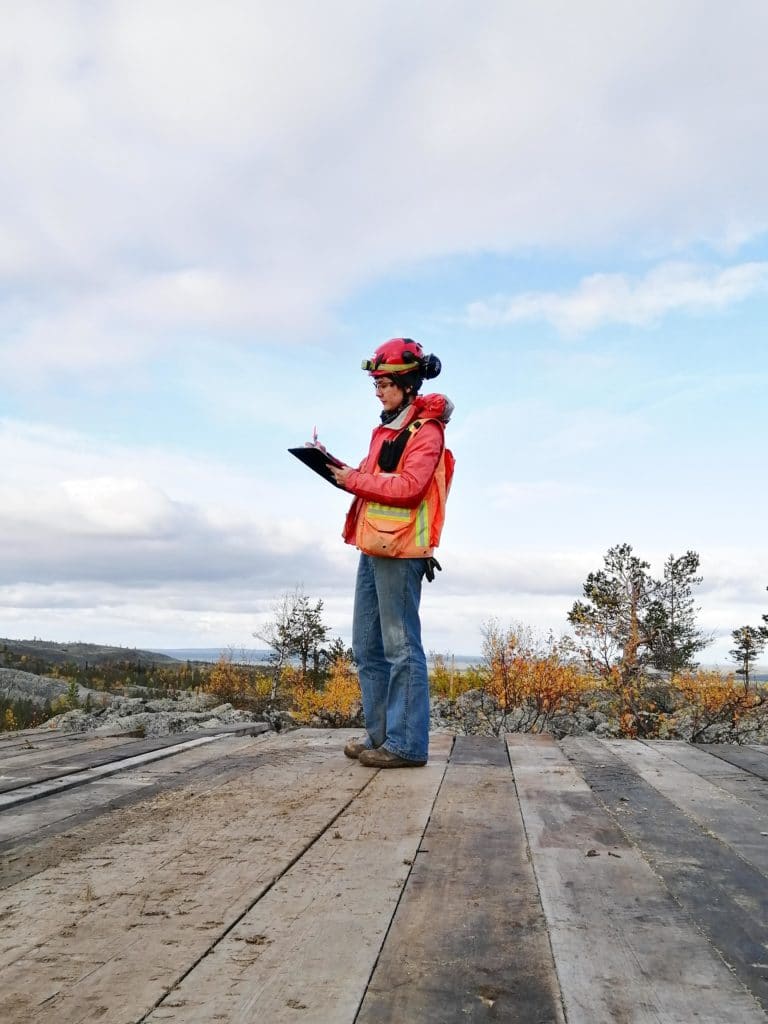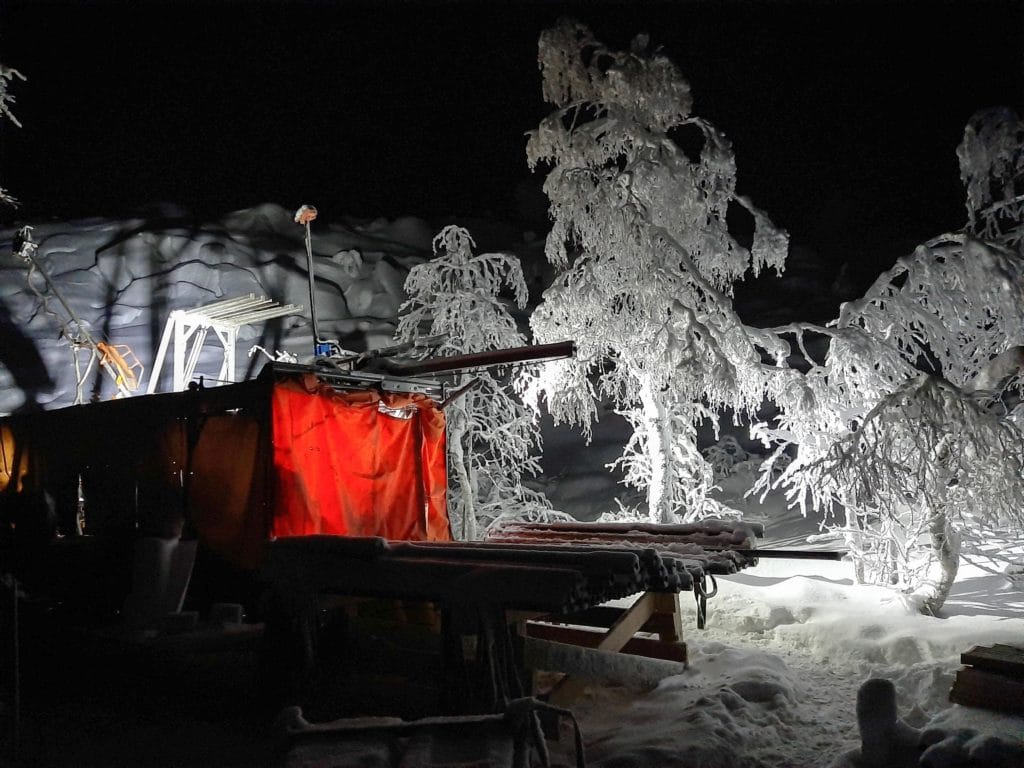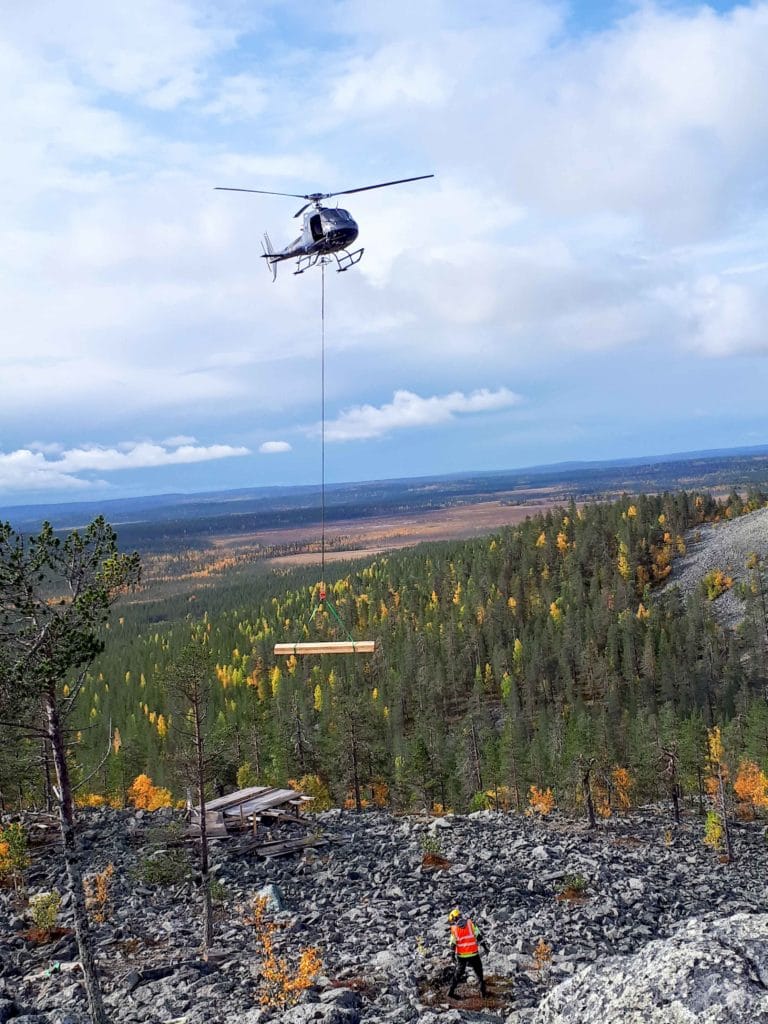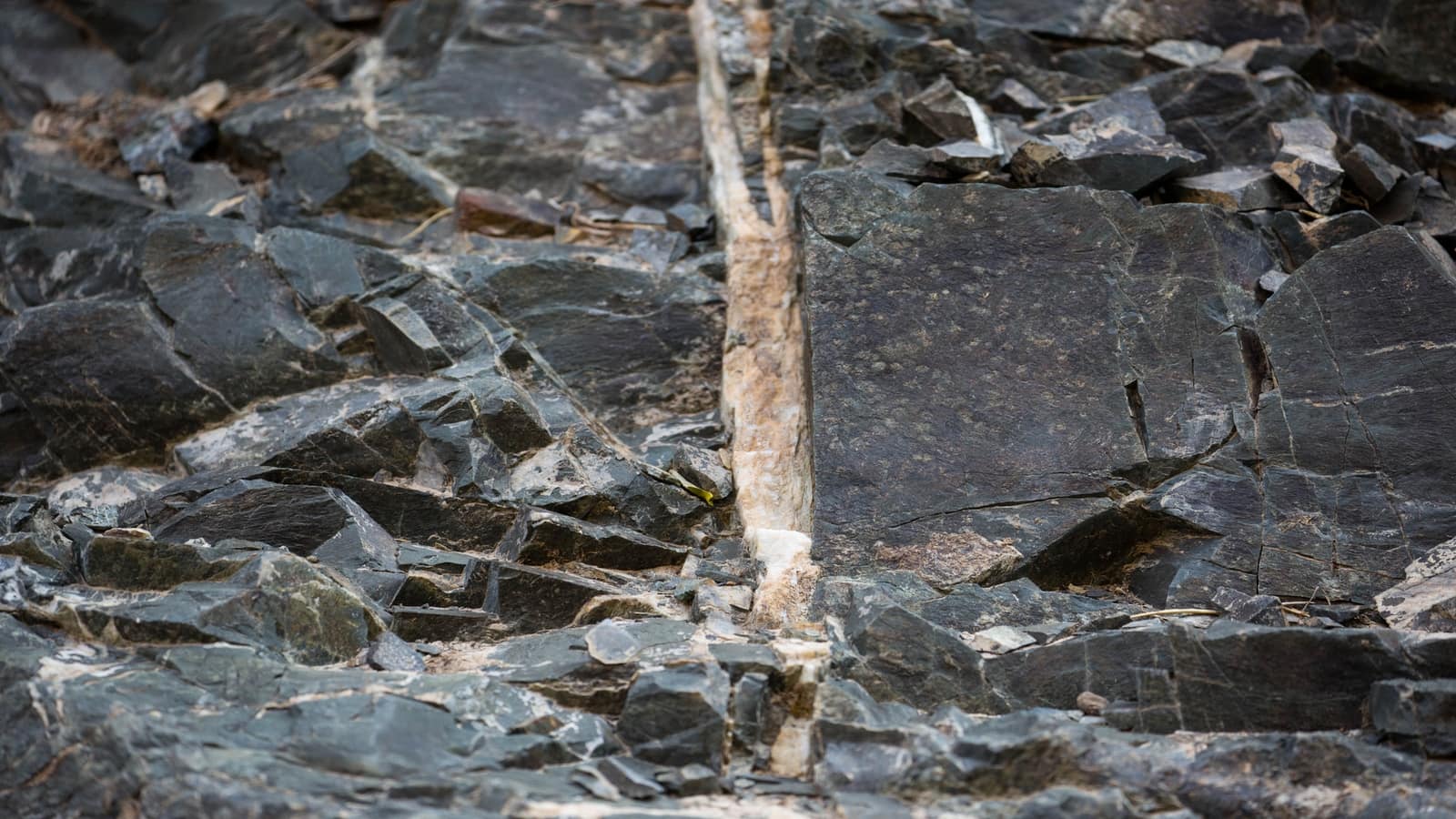When COVID-19 hit, many companies were scrambling. They had to change their workflows. VPNs were introduced, new software products were trialed, home offices were set up. But for Mercator Geological Services, a consulting company based out of Dartmouth, Nova Scotia, Canada, the pandemic didn’t fundamentally change how they worked.
“We do everything from remote project management to resource estimates and NI 43-101 technical reporting. And none of our projects are in Dartmouth,” said Peter Webster, President of Mercator.
“We’re all over the world working on projects. Your company may be based in Toronto or Vancouver, but your projects may be in South America or Mexico. Throughout my career, the mining industry has shifted from being localized to being globalized.”
What’s been key to Mercator’s success in this new normal?
“Part of our job is to bring the best products to the table. For our benefit, but also for our clients,” explained Peter. “We’re all in our homes right now and still able to operate at full speed with the software we’re using. Cloud based solutions are the way of the future. They’re pandemic proof. They allow everybody to operate normally. And I think this is going to be even more important going forward.”
The software solutions used by Mercator include Seequent’s Target and Leapfrog Geo solutions, and Minalytix’s MX Deposit.
“We use MX Deposit to manage drill hole and sample data. The data captured in MX Deposit can be easily pulled into Target to generate sections, or Leapfrog Geo for 3D modelling and analysis,” said Peter. “We can also share results with our clients using the Leapfrog Viewer.”
Managing a drilling program from your desktop
In mid-2019, Mercator’s Senior Geologists Wren Bruce and David Murray were on-site at a project in Finland, running a drilling campaign for a client. Peter was still in Mercator’s office in Dartmouth. Though this project took place a year before the pandemic, Mercator already had remote working practices in place.

“David would be working in the on-site office or in Dartmouth, while Wren was in the field,” said Peter.
“Wren would be sending database information from MX Deposit to feed into David’s Leapfrog Geo modelling, which would then be sent back to Wren so she could see where the next drill hole would be planned.”
All the while, Peter would have the latest information available to him, so he could make decisions on the fly and continue with project planning or managing any last-minute changes.
“I could go in every morning and see what holes were being drilled, what samples have been received, and whether any of them failed QA/QC,” said Peter. “All this could be remotely done by me, the client, or even one of the clients’ other consultants in Newfoundland or Vancouver.”
“As well, I could manage multiple projects, let’s say – three drilling areas for one client in Finland and one for another client in Ontario, and have it all visible in one dashboard. And those clients in Finland can’t see the company in Ontario, or vice versa. But I can see it all and control and customize it from a centralized location. That’s huge from a consulting perspective where time is money – that can translate into extra days or hours I can bill on another project.”
Automatic data cleaning
Since MX Deposit is cloud-based that meant the team was always working with the most up-to-date data.
“I started using MX Deposit right when this project in Finland started,” said Wren Bruce. “Before, I had used logging software that wasn’t cloud-based so there was a lot of shuffling files around, exporting the latest database, that sort of thing.”
“But the beauty of MX Deposit is that it’s cloud-based. If I changed something, everyone else could see those changes right away. And you can also work offline, with a kind of library check-in/check-out system to prevent any database overlapping or version control problems.”
This saved time and reduced risk for Mercator, as they were always working with the most current version of their data. As well, they leveraged MX Deposit’s validation features to prevent garbage-in / garbage-out scenarios.
“We built rules in all the drill hole tables for data entry,” said David Murray. “So, when you go to export the data – it’s already clean. It saves a lot of time. There’s error-checking built into the system – for example, you’ll be warned if you’re putting in overlapping intervals.”

Making time zones a competitive advantage
Though their team worked in different time zones – Peter was seven hours away in Dartmouth – because of their workflow they were able to use this to their advantage.
“We had situations where our client would say, I’ve got to get a new drill hole planned and prepared in the field. Can you have that done?” said Peter. “There was a seven-hour time difference – so they would go to bed, and we’d have it planned and modeled during our work day, and then they’d have the plan back by the time they woke up.”
David adds, “having a cloud-based solution means time zones aren’t an obstacle anymore. The data isn’t there locally, so you don’t have to be up at the same time working on something. You don’t need to wait for the exports to be sent to you – the latest data is always available.”
This meant Mercator could work as efficiently as possible, which also benefited their clients – who were getting faster and better results for their projects.
QA/QC your drilling workflows from afar
Wren says another key aspect of MX Deposit is that even when you can’t be there in person, you can still see someone’s work-in-progress.
“The dashboard allows you to keep tabs on people, for example, making sure geologists are logging the same way and everyone is doing things in a standardized context,” she said.
Peter adds, “You can quickly recognize who’s having difficulty – why are they selecting a certain rock type over another? It’s easy to visually see because MX Deposit has visual strip logs and color-coded lithology, so you can quickly see if something is yellow when it should be red, or vice versa. Then it’s easy for a manager to go talk to the person and figure out what’s going on.”
“There was flexibility too,” Wren continues. “For example, if I was on break off-site and needed somebody to help me with something that was still on-site. I can give them certain permissions, and I could also take them away as I saw fit. It was really advantageous.”

Moving your drilling and sample data into other programs
When it comes to interoperability, data from MX Deposit flows easily into other programs like Leapfrog Geo and Target.
Wren says when bringing drilling data into Target, which she uses for generating sections: “There was no conversion necessary or any sort of complicated magic that needed to occur to deal with incompatibility issues between programs.”
Target and MX Deposit are fully integrated, so data can be moved between the two programs with the click of a button.
For David, who uses Leapfrog Geo for 3D modelling and analysis: “You can export from MX Deposit as a CSV file, and it’s already clean – because of all the data controls and error-checking that are built into the data acquisition workflows.
When it comes to Leapfrog Geo, uploading those drilling tables is always problem free. The data comes in looking exactly the same, because it has the same high level of quality control built in. There’s a peace of mind knowing that I’m not about to get into more than I bargained for.
The benefits of remote workflows
Because of the workflows Mercator had in place, they were well-positioned when the global environment changed.
“I was in the field when COVID-19 started to affect the world,” said Wren. “In a nutshell, things did change a bit – but because we already had our remote working practices in place, it didn’t result in a substantial shift.”
Their team was still able to collaborate, pass data back-and-forth, and work from locations all over the world. And it came down to having the right products for their workflows – and having the right underlying technologies for their needs.
“Mercator has always tried to be on the front edge of the technology curve so that we can streamline our processes,” said Peter. “We evolved fairly quickly to use cloud technology, and we were already using it before the pandemic. So, I think we were more prepared than others might have been for the changing environment. Working remotely will be the new norm.”
Meet MX Deposit
Simplifying how you collect, manage and share your drill hole and sample data – make better decisions, faster, no matter where in the world you are.
Live project data is accessible from anywhere, adheres to industry standards, and encourages real-time collaboration.
User subscriptions can scale up or down as your projects change, keeping drill data management cost-effective.





